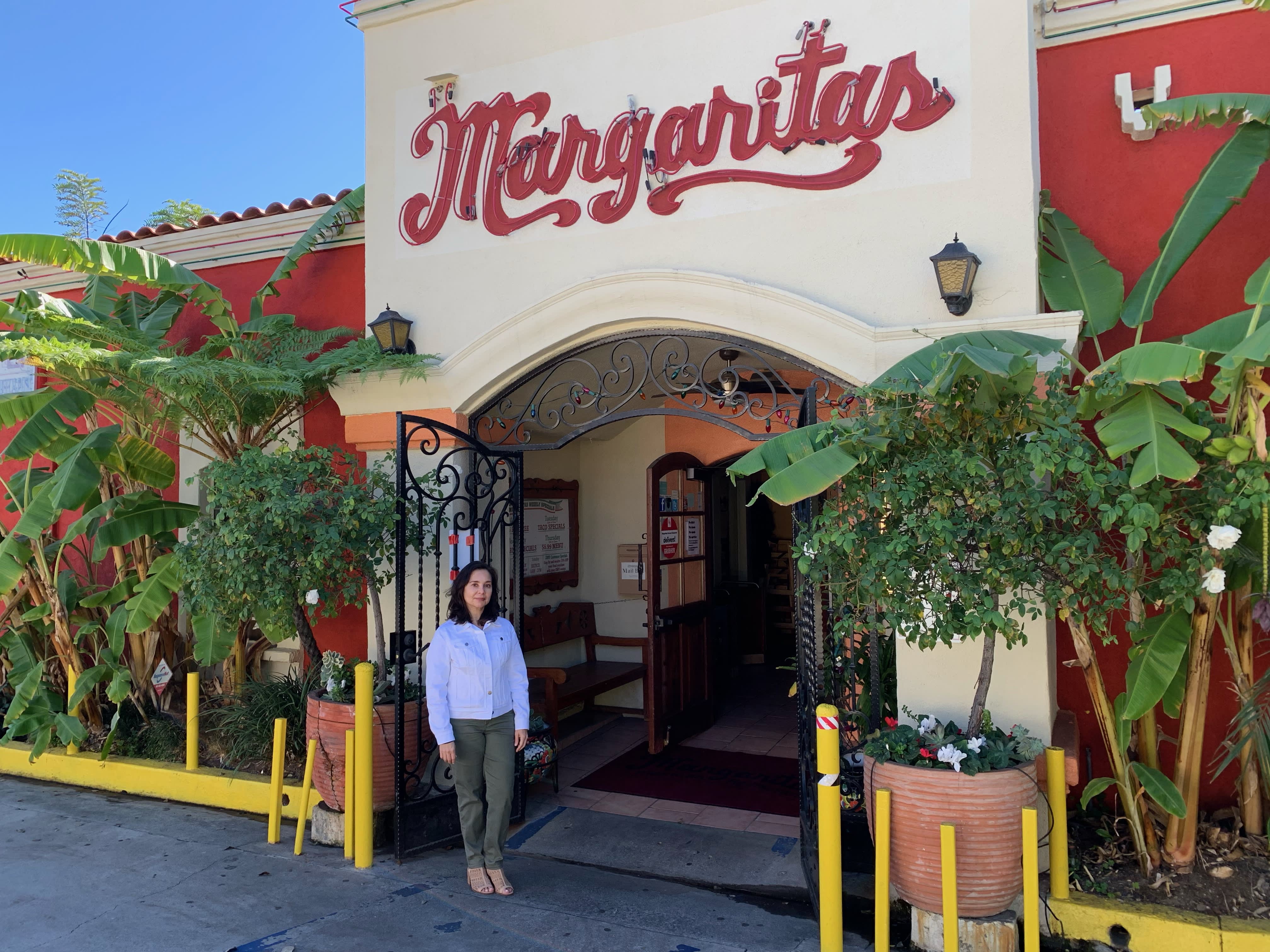Inflation, a labor crunch and the delta variant pressure restaurants heading into fall, survey finds

Restaurants around the county were looking ahead to the economy’s reopening over the last few months, as Covid vaccines became more widespread and pent-up consumer demand was palpable.
But headwinds from supply chain disruptions to a labor shortage and rising costs are hitting the industry as the contagious delta variant clouds hopes of a return to normalcy.
Food, restaurant and hospitality small business owners are more worried than most about the pandemic’s continued disruptions to operations, according to new data from the Goldman Sachs 10,000 Small Business Voices program. The data find 84% of owners in these sectors are concerned about the impact of rising Covid-19 infection rates on business, compared with 75% of the overall small business population.
Nearly all have seen an increase in operating costs, with 93% saying inflationary pressures have risen since June, having negative effects on finances.
The data subset of 117 food, restaurant and hospitality owners comes from a broader survey of 1,145 participants in the Goldman Sachs 10,000 Small Businesses program earlier this month.
The figures underscore the sustained pressure facing restaurants even in an economy that has rebounded from the worst of the damage inflicted by the coronavirus. While the rollout of vaccines and looser public health restrictions have moved the industry closer to normalcy, challenges abound as restaurant owners look toward the fall.
Ruby Bugarin, who runs Margaritas and Pepe’s restaurants in the greater Los Angeles area, said both the availability of goods and higher costs have hit her businesses. Products like crab are more challenging to find, chicken and pork costs have risen more than $1 per pound, and prices of other goods have soared.
“The past two or three weeks the price of avocados have gone from about $40 a case to $85 a case. So that’s more than double,” Bugarin, a member of the Small Business Voices program, said. “We can’t do the same thing to our customers — we raise prices once or twice a year.”
Labor costs are also rising at her two restaurants, which together have 63 employees. Bugarin said she would like to add a cook or two at each location, but instead is paying her current staff overtime weekly.
Labor challenges have also hit restaurant, food and hospitality owners like Bugarin at higher rates than seen in the broader small business community. The data show 79% of those business owners say workforce challenges have worsened since before the pandemic, compared with 64% overall.
Recent data from the National Federation of Independent Business underscores the labor issues weighing on small business optimism. Unfilled job openings were above the 48-year historical average in August for the second month in a row.
“In June, 67% of small businesses, despite inflation, despite the workforce challenges, said they thought the U.S. was headed in the right direction,” said Joe Wall, national director of Goldman Sachs 10,000 Small Businesses Voices. “That number is now 38%. The delta variant is for sure theme No. 1 in terms of why sentiment has shifted, and then you pile onto it, the inflation dynamic and the workforce challenges.”
As the pandemic taxes restaurant operators, Goldman’s data found nearly 40% of food and hospitality businesses say they expect to have to take out a loan or line of credit for their business this fall or winter. That compares with 29% of businesses overall.
The Small Business Administration recently announced an overhaul to the Economic Injury Disaster Loan program for businesses. The loan cap will increase to $2 million, and recipients will be allowed to use the funds to prepay business debt, which would let restaurants put the money toward commercial debt and more.
“At a time when there is still an extreme need for small business restaurants to access working capital, these changes will improve the outlook for thousands of operators and will lift the economic outlook for communities small and large,” said Sean Kennedy, executive vice president of public policy at the National Restaurant Association, said in a statement. The group worked with the SBA on the new terms for small businesses.
Beyond these changes, small business and restaurant owners and advocates have called on lawmakers to replenish the $28.6 billion Restaurant Revitalization Fund. It provided grants to the industry but was quickly tapped out due to high demand.
“We were able to disperse it to over 100,000 businesses across the country. However, the demand was 2.5 times that amount,” SBA Administrator Isabel Guzman told CNBC last month of the RRF. “There are still restaurants, food and beverage businesses out there who need support, we know they were the hardest hit, and are oftentimes going to be the last to reopen in communities, yet they define so many of our Main Streets. However, I can’t comment on specifically what Congress’ actions will be, but the SBA would stand ready to administer these programs swiftly and efficiently and equitably.”




